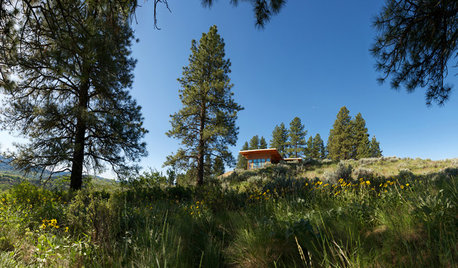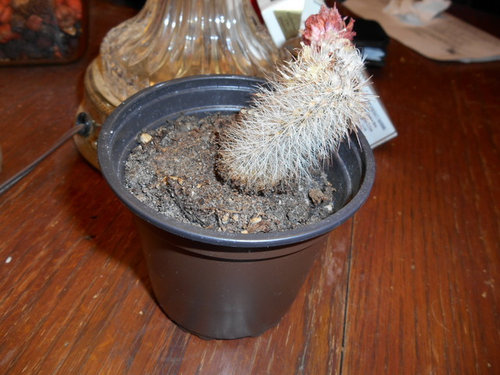Red-Headed Irishman
9 years ago
Related Stories

MOST POPULARHeads-Up Hues: 10 Bold Ceiling Colors
Visually raise or lower a ceiling, or just add an eyeful of interest, with paint from splashy to soothing
Full Story
COLORFUL HOMESHouzz Tour: Turning Tradition on Its Head in Vermont
Leopard-spotted stairs, Victoriana paired with Lucite and other daring style moves give a home in a shire a completely new twist
Full Story
REMODELING GUIDESWhen Retirement Came Early, a Couple Headed for the Hills
A Seattle pair turn their part-time home into a full-time one, remodeling it to gain views and help it stand up to snow, sun and wind
Full Story
FURNITUREPiping Moves Furniture to the Head of the Line
Boldly defining upholstery lines, contrasting piping underscores the strength of a furniture piece's design
Full Story
DECORATING GUIDESVintage School Desks Go to the Head of Design Class
Sharpen a pencil and take notes on these ideas for working a nostalgic element into your interior designs
Full Story
TILE5 Head-Turning Tile Styles for Backsplashes and More
If plain subway tile would derail your bold decorating vision, these dashing tiles can help you arrive at a brilliant solution
Full Story
Fashion Week Heads Home
Let the fresh color palette and textures of New York's runways inspire your interiors
Full Story0

HOUZZ TOURSHouzz Tour: Pros Solve a Head-Scratching Layout in Boulder
A haphazardly planned and built 1905 Colorado home gets a major overhaul to gain more bedrooms, bathrooms and a chef's dream kitchen
Full Story
BLUEHead Into Bold Southwest Color Country
Break free from the land of blah with vivid paints and tiles that bring the look of Southwest mountains, gems and sky to your home
Full Story












wantonamara Z8 CenTex
Dzitmoidonc
Related Professionals
Belmont Landscape Architects & Landscape Designers · Summit Landscape Architects & Landscape Designers · Harvey Landscape Architects & Landscape Designers · Davidson Landscape Contractors · Paramount Landscape Contractors · Riverview Landscape Contractors · Fort Pierce General Contractors · Hanford General Contractors · Mira Loma General Contractors · Titusville General Contractors · Troy General Contractors · University City General Contractors · San Mateo Carpenters · Crystal Lake Decks, Patios & Outdoor Enclosures · Greeley Decks, Patios & Outdoor Enclosures